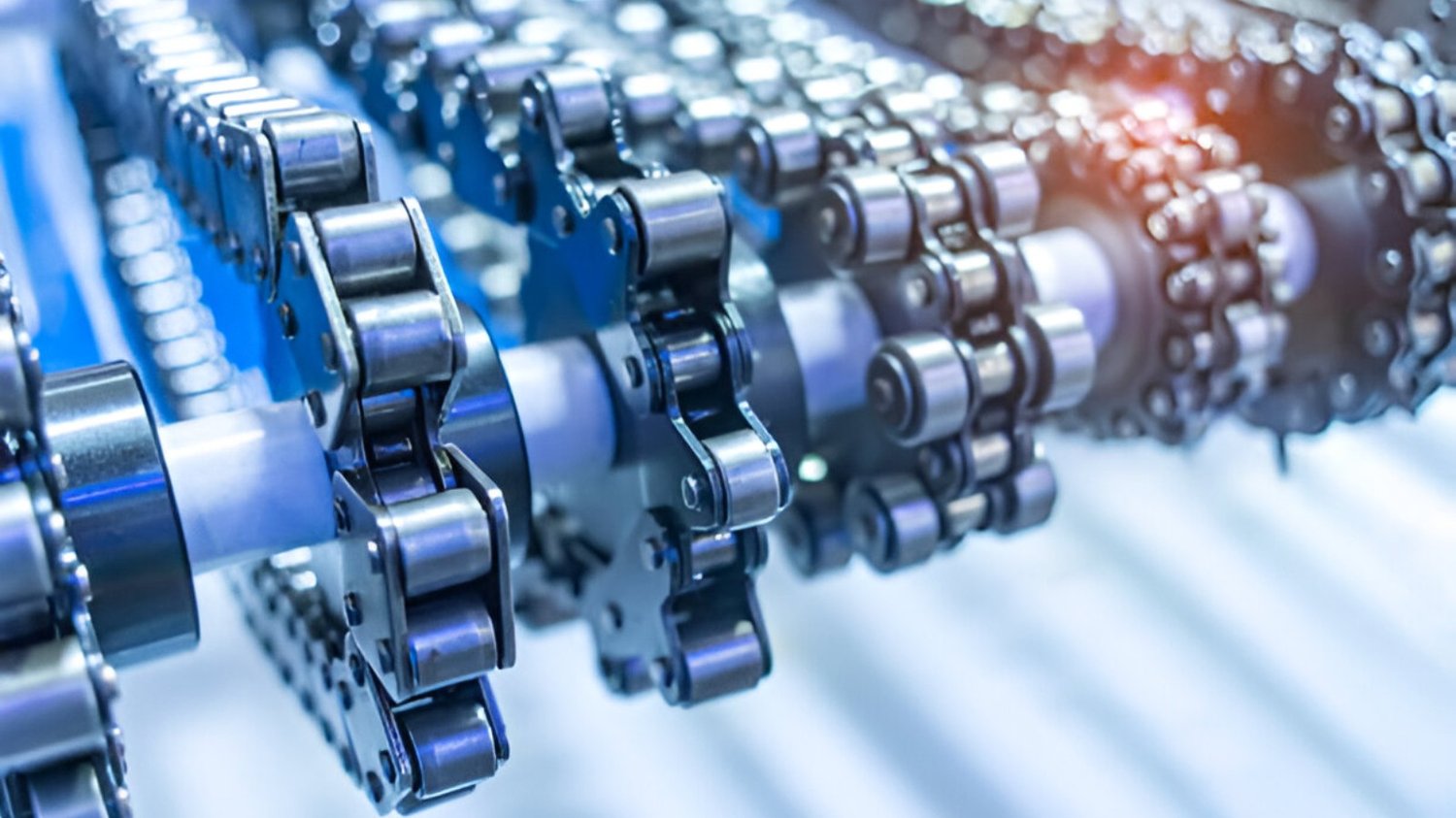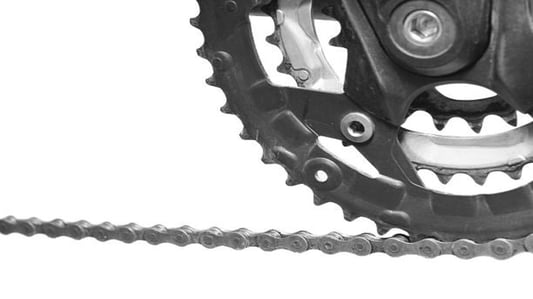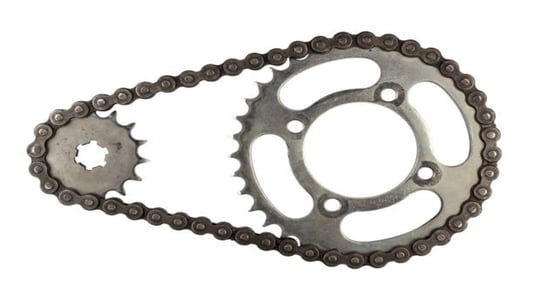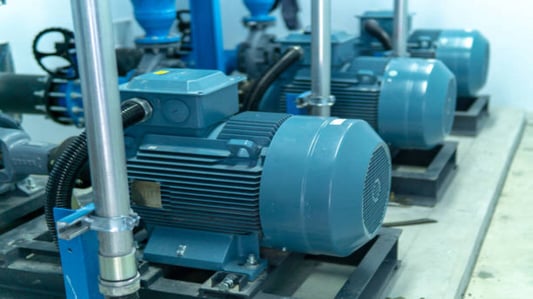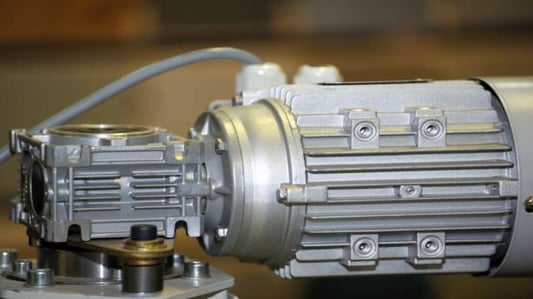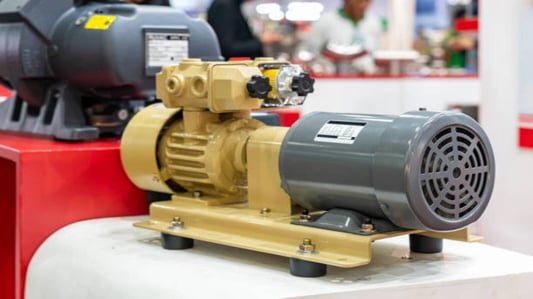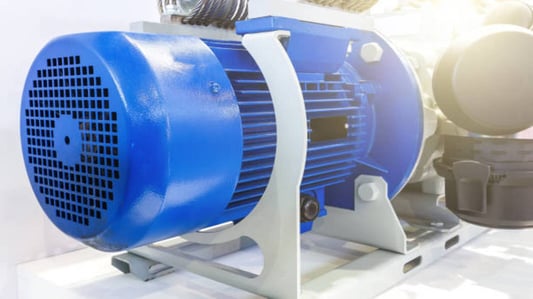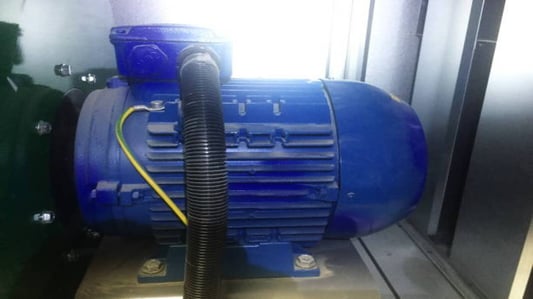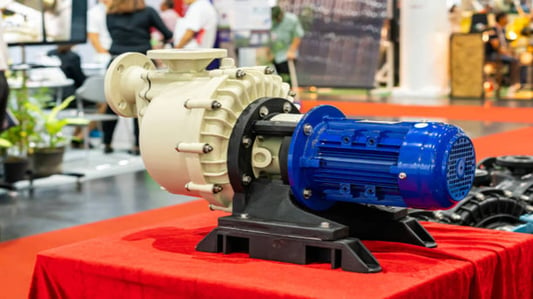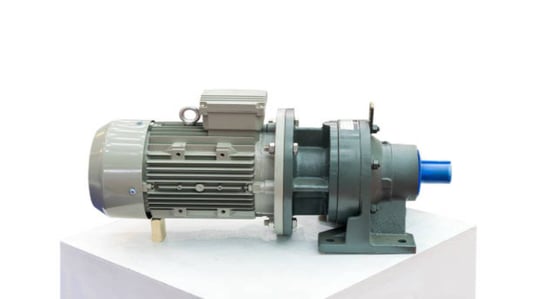The Importance of Custom chain sprockets for manufacturing businessesManufacturing businesses rely heavily on their machinery to produce goods in an efficient and cost-effective manner. One crucial component of these machines is the chain sprocket, which transfers power from the motor to the rest of the machine. While off-the-shelf chain sprockets may suffice for some businesses, those looking to optimize their machines should consider investing in custom chain sprockets. In this article, we'll cover everything you need to know about custom chain sprockets for manufacturing businesses.What Are Custom Chain Sprockets?Custom chain sprockets are made to order based on a manufacturer's specific requirements. These sprockets differ from off-the-shelf options in that they can be customized in terms of size, shape, and material. Custom chain sprockets also allow for unique specifications such as the number of teeth or the spacing between them. This customization results in a sprocket that is optimized for the particular machine it will be used in, providing better performance and longevity.The Advantages of Custom Chain SprocketsThere are many advantages to investing in custom chain sprockets for manufacturing businesses. First, custom sprockets are designed for a specific machine, which means they are tailored to provide optimal performance. This can lead to increased efficiency and reduced downtime due to machinery failures. Custom sprockets can also be made from materials that are better suited to the application, resulting in a longer lifespan and lower maintenance costs.Custom Chain Sprocket MaterialsManufacturing businesses have many options when it comes to choosing custom chain sprocket materials. The most common materials used include steel, stainless steel, and plastic. Steel sprockets are the most durable and are suitable for heavy-duty applications. Stainless steel sprockets are ideal for applications where corrosion is a concern. Plastic sprockets are the most lightweight and are best suited for applications where weight is a factor.Custom Chain Sprocket DesignThe design of a custom chain sprocket will depend on the specific application. Sprocket design includes factors such as the number of teeth, the spacing between teeth, and the size of the sprocket. These factors will affect the speed, torque, and power output of the machine. A well-designed custom chain sprocket can help optimize machine performance and reduce maintenance costs over time.Custom Chain Sprocket Manufacturing ProcessThe manufacturing process for custom chain sprockets involves several steps. First, the manufacturer will consult with the customer to determine the specific requirements for the sprocket. Then, a CAD drawing will be created to guide the machining process. The sprocket will then be machined to the exact specifications of the CAD drawing using CNC machines. Finally, the sprocket will be finished with any necessary heat treatment or surface coating before being shipped to the customer.Choosing the Right ManufacturerChoosing the right manufacturer for custom chain sprockets is crucial for ensuring quality and reliability. Look for a manufacturer with experience in producing custom sprockets for manufacturing businesses. The manufacturer should also have the capability to produce sprockets in a variety of materials and sizes. Before choosing a manufacturer, be sure to check their reputation and read customer reviews to ensure they are trustworthy and reliable.How to Order Custom Chain SprocketsOrdering custom chain sprockets is a simple process. Start by contacting the manufacturer and providing them with the specifications for your sprocket. The manufacturer will provide you with a quote based on the materials, size, and design of the sprocket. Once you accept the quote, the manufacturer will create a CAD drawing for your approval. Once the drawing is approved, the manufacturing process will begin. The finished sprocket will then be shipped to you for installation in your machine.The Cost of Custom Chain SprocketsThe cost of custom chain sprockets will depend on several factors, including the size, material, and design of the sprocket. While custom sprockets may have a higher upfront cost than off-the-shelf options, they can lead to cost savings over time by reducing maintenance costs and downtime due to machinery failures. Ultimately, the cost of custom chain sprockets will depend on the specific needs of the manufacturer and the application they are being used for.ConclusionCustom chain sprockets can provide a significant advantage for manufacturing businesses looking to optimize their machines. By providing better performance and a longer lifespan, custom sprockets can lead to increased efficiency and cost savings over time. When selecting a manufacturer for custom chain sprockets, be sure to choose a company with experience producing sprockets for manufacturing businesses. By following these guidelines, you can ensure that your machines are operating at their full potential.Quote InquiryContact us!

